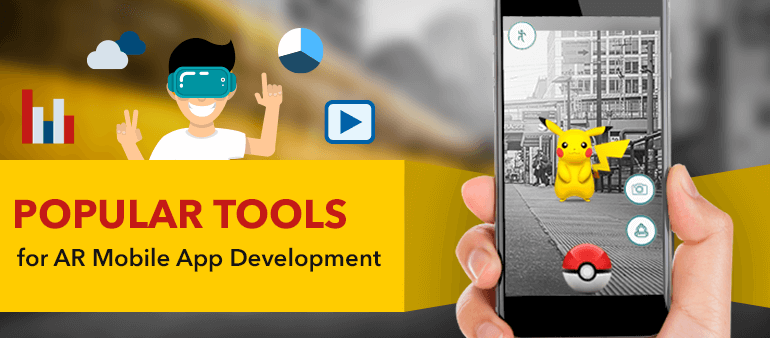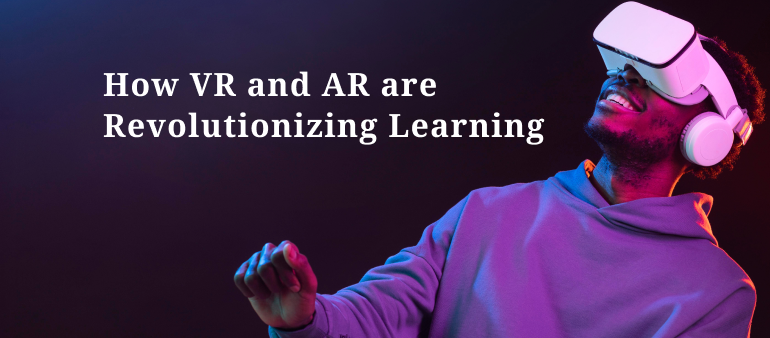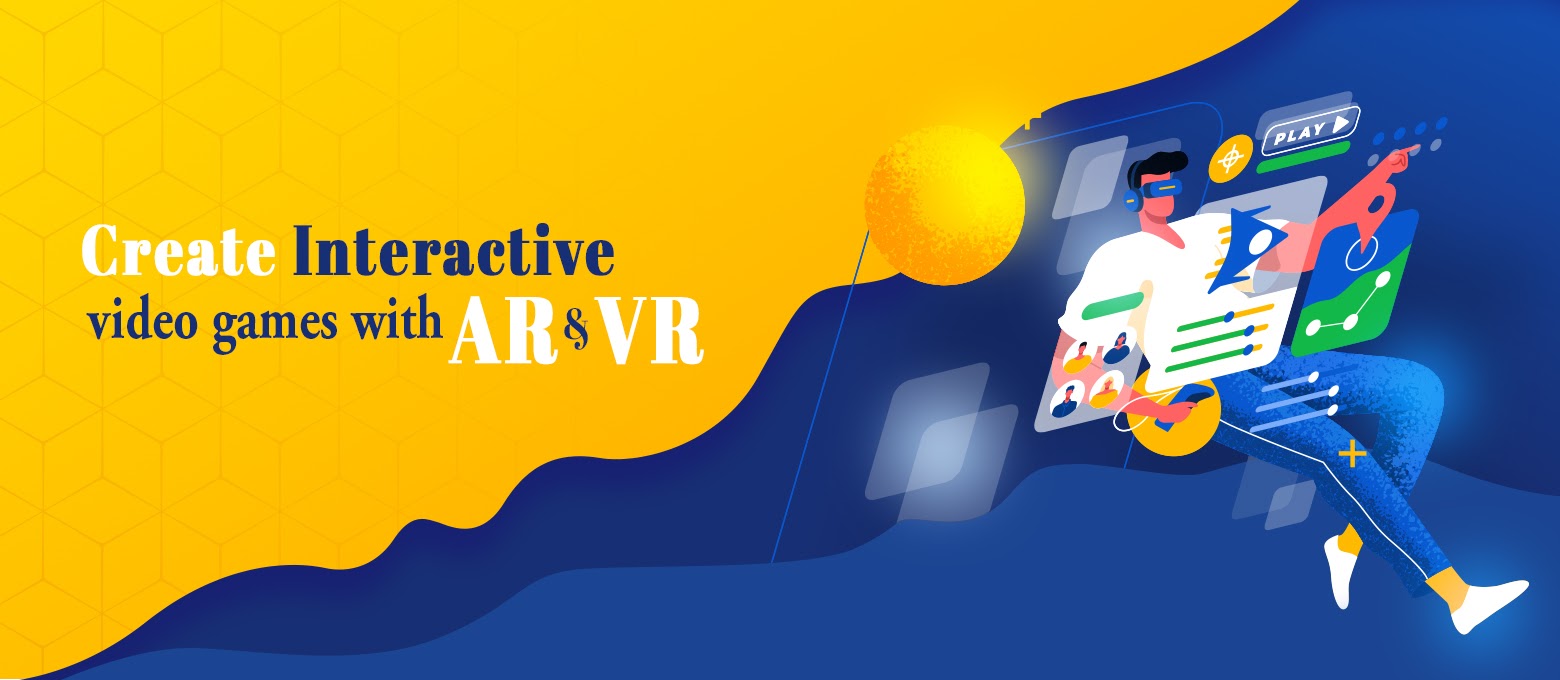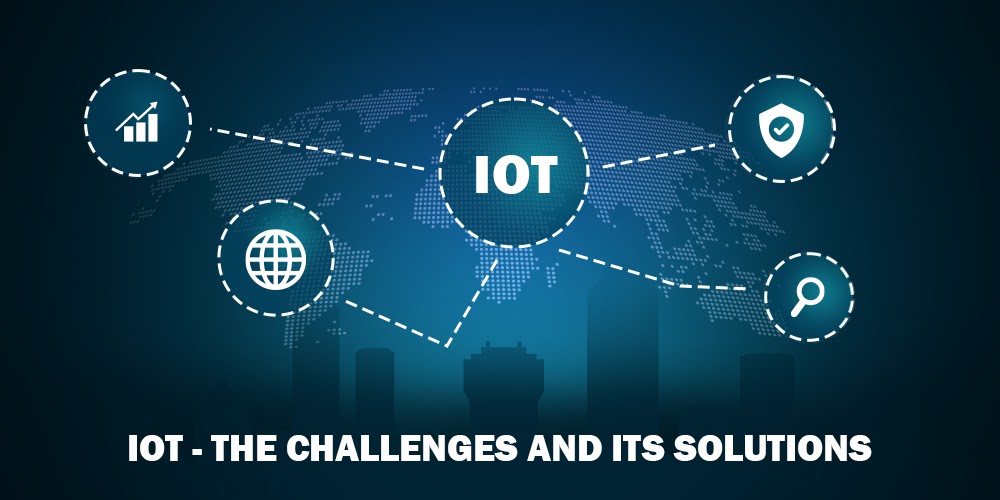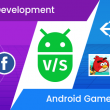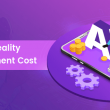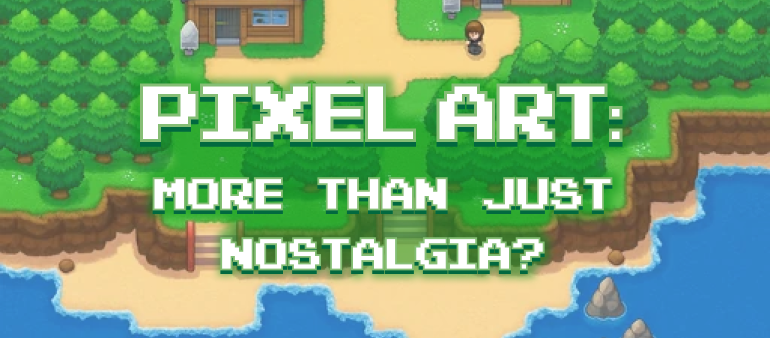The launch of Pokemon Go a few years ago took the mobile gaming world by storm and showed the potential of Augmented Reality (AR) in creating real-world experiences that mobile gamers crave for. There’s no doubt that AR is now widely used to build highly-immersive mobile games, but it’s not the only industry getting transformed. In fact, many other industries like healthcare, e-commerce, architecture, etc., are also leveraging this revolutionary technology to build mobile apps that improve user experience drastically. If we talk about the global mobile AR market, it is expected to reach a whopping US $230.6 Billion by 2027. The monetization potential of augmented reality app development is huge and many businesses are joining this digital hype. If you’re also planning to build an Augmented Reality mobile app, you should know what is needed to make it happen. That said, I am listing below 5 best tools currently being used for augmented reality app development.
5 Top SDKs for Augmented Reality App Development
Vuforia SDK
Vuforia is one of the most popular SDKs used for AR app development. The AR SDK is embodied with the computer vision capability which allows it to easily track images or 3D objects in real-time. Using Vuforia, you can build an AR mobile app capable of placing artificial objects right in front of the users, which is a sort of overlapping the real-world objects with virtual ones. Let’s see some of the impressive functions that Vuforia offers for Augmented Reality app development:
- Tracks images and multiple objects such as boxes, cylinders, toys and planes.
- It also facilitates environment and text recognition with in-built 100,000-word English vocabulary and gives the freedom to create your custom one.
- Vuforia features Extended Tracking (Once an object target is captured, it remains captured even when it’s no longer in the frame, so users can continue the AR experience by freely moving their device)
- Smart Terrain feature allows to create a 3D geometric map of any environment.
- Vumarks are another significant offering of Vuforia. They are customized markers that can encode a range of data formats and look better than a typical QR-code. They support both unique identification and tracking for AR applications
- It can turn static images into full motion videos after detecting a target surface.
- Offers support for both cloud and local.
- Supported platforms: iOS, Android, Universal Windows Platform, Unity.
- Pricing: You can use Vuforia to develop for free, but you will have to purchase a paid subscription (starting from $42/month) when you are ready to deploy.
ARKit SDK
ARKit is Apple’s SDK for augmented reality app development. As ARKit comes from Apple, it supports only iOS devices, so it may be your best SDK if you want to build AR exclusively for these devices. Here are some of its important features:
- Visual Inertial Odometry (VIO) provides the capability to track an environment accurately without any additional calibration.
- Detects and tracks 2D images and allows developers to interact with them.
- Recognizes space and 3D objects.
- ARKit also supports fast motion tracking, face tracking (easily applies face effects or creates facial expressions to match the look of the user) and Quick Look (displaying models and scenes that can be moved and scaled easily), and various rendering effects.
- Tracks the light of the environment accurately, thus makes virtual objects look more realistic.
- Allows to integrate third-party tools like Unity and Unreal Engine AR.
- Detects horizontal planes (like tables and floors), vertical and irregularly shaped surfaces.
- ARKit also allows to share the experience with other users which specially helps in multiplayer Augmented Reality game development.
- Pricing: ARKit comes for free.
ARCore SDK
Google built ARCore and many developers see it as a response to Apple’s ARKit. The only difference is ARCore supports both Android and iOS devices. Let’s look at some of its main features:
- Motion tracking allows to place virtual objects accurately. ARCore uses the camera to determine the position and orientation of the device and detects the feature points in the room.
- The SDK recognizes the environment, and thus detects horizontal surfaces. Environmental understanding helps place virtual objects on tables or on the floor.
- ARCore makes it possible to place texts or virtual objects in a certain spot and share them with other users.
- Smart light tracking matches the light of the environment correctly when applying lighting to virtual objects.
- Allows to create 3D objects with Tilt Brush and Blocks VR building tools.
- Supports Java/OpenGL, Unity, and Unreal.
- Supports Android devices running 7.0 or higher and Apple devices running iOS 11 or higher.
- Pricing: Free
Also read the role Extended Reality (XR) development is playing in building virtual worlds.
Wikitude SDK
Wikitude is also a very popular SDK for creating AR-based apps. Wikitude was launched back in 2008 by an Australian software development company Wikitude GmbH and its SDK7 release included support for simultaneous localization and mapping (SLAM). Some of its important features are:
- 3D recognition and tracking.
- Image recognition and tracking.
- Uses SLAM technology to import and render 3D objects.
- Cloud recognition (allows to work with thousands of target images hosted in the cloud).
- Provides location-based services.
- Allows to build AR apps for smart glasses (Google Glass, The Epson Moverio BT-200, and the Vuzix M100).
- Supports JavaScript API, Native API, Xamarin, Unity3D, Cordova and Titanium for development.
- Supports major platforms including Android, iOS and Windows for tablets.
- Pricing: Offers paid subscription plans: €2490 one time, Pro3D - €2990 per year per app, Cloud - €4490 per year per app, Enterprise as a custom built package.
MaxST SDK
When we are talking about popular SDKs for AR app development, we can’t miss out on MaxST which has quickly gained ground in AR development space. MaxST offers two SDKs: a 2D toolkit used for image tracking and a 3D toolkit for scanning and recognizing the environment. Here we are discussing the features of 3D SDK.
- Visual SLAM is used for tracking and mapping environments. Developers can create and save 3D maps that are autonomously scaled and extended beyond the first view along with the move of the camera.
- Instant Tracker spots a flat surface to place a 3D object over it.
- Saves files created with Visual SLAM to let developers render 3D objects wherever they like on it, which helps create more immersive AR experiences.
- Scans QR codes and barcodes.
- Extended image tracking and Multi-target tracking. Tracks multiple targets (Up to 3) at the same as far as the camera can see.
- Tracks and places digital objects in relation to the plane.
- Creates more realistic experiences using physics engine effect.
- Unity plugin integration.
- Supports Android, iOS, Mac OS and Windows.
- Pricing: free version, Pro-One time fee - $699, Pro-Subscription - $599 per year, Enterprise version.
Above I discussed 5 top AR development tools for mobile. Whether it’s an augmented reality game development company or any other AR app development company for that matter, these SDKs help them build highly immersive AR experiences. However, to choose the best one for your AR project, you will have to carefully assess your AR app requirements (like cost, platform support, image recognition, 3D recognition and tracking, Unity support and more) and see which suits them the best. If you also want to build an AR app, but lack of tech know-how is holding you back, Logic Simplified can help you remove the roadblocks and turn your AR idea into a reality.
Logic Simplified for Augmented Reality Mobile App Development
Logic Simplified, an Augmented Reality game development company, helps businesses build highly immersive and engaging AR game apps for multiple platforms. We offer highly talented and innovative AR game developers who use cutting-edge tools and technologies to build AR games for next-gen mobile gamers. And, it’s not just games that we build AR for, but for various other industries as well, like architecture, healthcare and manufacturing. We at Logic Simplified are eagerly looking for more opportunities to build AR for different industry verticals and hope to work next on your AR project. We always embrace new technologies and also build AR for IoT applications to superimpose virtual information of smart objects and services on a user's view of the real world. Whether you’re looking for AR game app developers, or any AR app for that matter, we will keep you fully covered! Share your requirements with us at enquiry@logicsimplfied.com, our experts will get back to you shortly to tell you how we can help take your AR project forward.
 Get a Quote
Get a Quote

